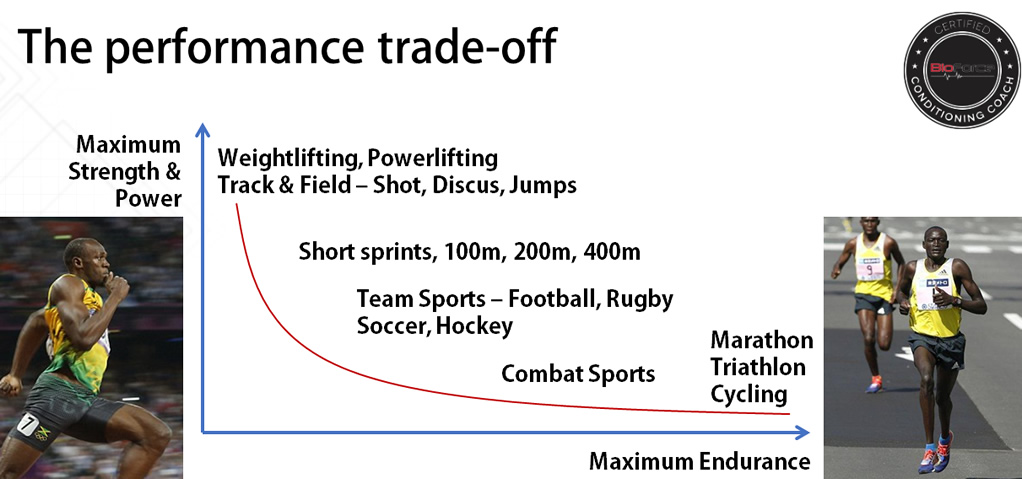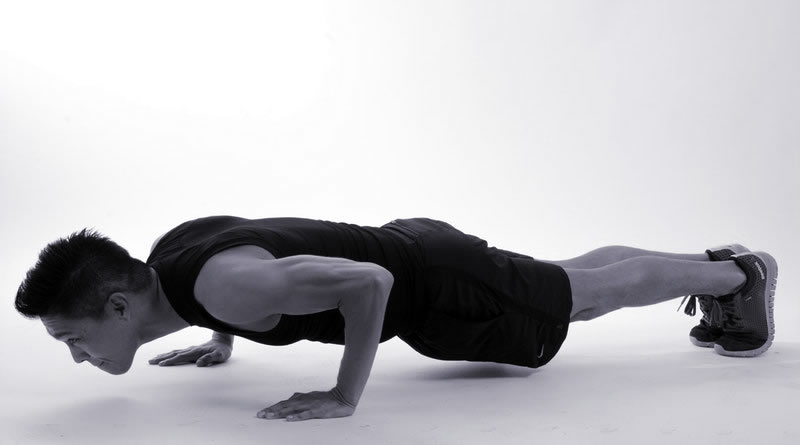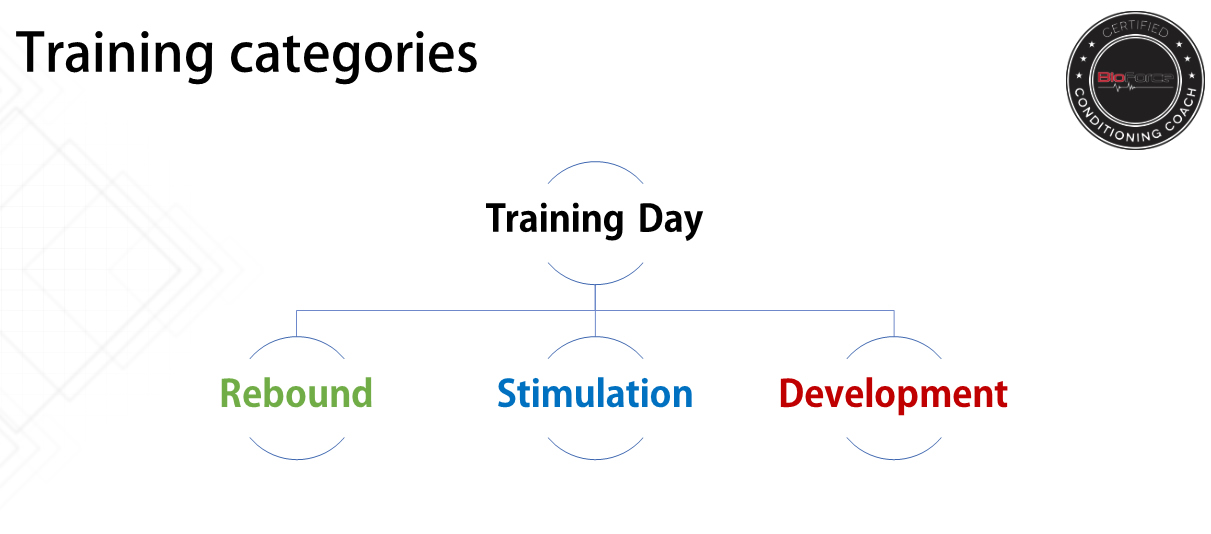
About ten years ago, I put myself through a little experiment to see how exactly much muscle I could gain in eight weeks. I decided to do this after getting into a friendly disagreement with a colleague that insisted he had gained 6 lbs of pure muscle in the same period of time.
Not possible, I said. I was guessing most of it was water and glycogen and only some of it was muscle.
I wanted to see who was right by spending two months training my ass off, eating as close to perfectly as possible, and getting as much sleep as I could. That meant doing literally everything I could think of to build muscle and get stronger.
Instead of just using the scale to measure results, I planned on using DEXA scans – the gold standard of testing body composition. This was the only way to see the real breakdown between changes in muscle, body fat, water, and everything.
The scale lies. DEXA doesn’t.
After two months of practically living under a bar and eating about as close to textbook as I could, what do you think happened?
I gained exactly 6 lbs of total weight…but only 2.2 lbs of it was muscle mass.
To be honest, part of me was hoping I’d be wrong. It was depressing to think of how much work it took to gain just a couple of lbs of muscle.
I want to improve my conditioning… but I don’t want to lose strength
Now, when people tell they’re afraid of doing more conditioning because they don’t want to lose any muscle or strength…
I get it.
Getting bigger and stronger isn’t easy. Nobody wants to watch their hard work go down the drain. Nothing is worse than feeling like you’re shrinking or the bar is getting heavier rather than lighter.
But here’s the good news: you don’t have to lose muscle or strength when you’re focusing on conditioning.
Before I share how to do that using my favorite conditioning template (one that won’t kill your strength), let’s take a second to talk about how the body works…
Why Usain Bolt can’t run a marathon
When the look at the graph below, one thing should stand out to you. There is always a performance trade-off between maximum strength and maximum endurance at the far ends of the spectrum. The human body isn’t designed to have the fuel efficiency of a Toyota Prius and the horsepower of Top Fuel Dragster.
Although it would be awesome, we’re just not wired that way.

This means that to get to either end of the spectrum—to run a a world-class sprint or marathon time—you do have to sacrifice either maximum strength or maximum endurance.
But most people who are trying to improve their conditioning aren’t Usain Bolt. They have to perform for more than 9.58 seconds.
If you’re not trying to get to the far edges of maximum strength or endurance, the key to conditioning is finding the right balance between the two.
Most people lose strength or muscle size while trying to improve conditioning because their program doesn’t find this balance.
Pouring your energy into conditioning at the expense of all strength work will push you too far towards endurance. The same thing applies if all you do is lift weights without training endurance.
Your strength might get better, but your conditioning will suck.

The 3 rules for balancing strength and conditioning
The most effective way to keep your strength or muscle mass is to design a conditioning program with enough strength work to maintain what you’ve got.
This is where programs often go off the rails. They either cut out way too much strength work or they don’t cut out enough.
Or, just as bad, the program doesn’t do anything to minimize what’s called interference. This refers to the well-documented problems that occur when you cram too much conditioning close to your strength work.
I follow three golden rules to minimize this effect and strike the right balance in training.
The three rules for building a conditioning program that won’t destroy your strength or muscle mass:
- Include just enough (minimum effective dose) strength and power work to prevent loss of muscle mass and CNS function
- Build your weekly training plan and select the right methods to minimize the potential for interference between strength and endurance
- Monitor progress and fatigue and make adjustments to your program as necessary
My favorite conditioning template: how to put the pieces together
When most people talk about training programs, one of the first things they talk about is their favorite training split. This is really from the bodybuilding world, where programs are typically broken into different days focused on particular muscle groups.
In the strength world, training weeks are often built around splits that use particular lifts, or around particular methods. The Westside template and 5/3/1 programs are good examples of this.
But what about conditioning?
How do you break up a conditioning program into different days in a way that’s simple and yet makes good scientific sense?
Most people think about muscle groups, movements (exercises), or methods, but this doesn’t work very well when it comes to conditioning.
To be honest, I don’t think that approach to building programs is effective in general because it misses the what really drives changes in fitness. The body doesn’t think in terms of body parts, or even movements, really.
The body thinks and acts in response to stress.
What drives stress? Two things: volume and intensity.
That’s why I don’t build training splits based on body parts or exercises. I build them around around volume and intensity.
My training programs are built around three training day categories, each with a different purpose.

- Stimulation: jump start the body. This category of training day uses a moderate volume with generally low-to-moderate intensity. When using high intensities, only do a few sets or a few reps. The purpose of a stimulation day is to jump start the body while avoiding too much fatigue or soreness. This why Stimulation training is especially effective after a rest or recovery (rebound) day.
- Development: push your limits. To take your conditioning up a notch, you have to use higher volumes and intensities. This is where development training comes in. These workouts use the highest volumes and intensities to force your body to rebuild and improve your conditioning along the way.
- Rebound: shift your body into the recovery zone. Today, more people are starting to understand the importance of recovery. Not only does it help prevent overtraining and injuries, it plays a huge role in the results you see from your hard work. Rebound training is a new twist on a traditional workout. It’s a specific way to train that accelerates recovery (instead of taking the day off).
To show you how I use these training day categories in my programs, let’s look at a conditioning template. This is one my favorite conditioning splits, one that I’ve used time and time again to deliver results.
Mondays & Thursdays: Stimulate
The goal of Monday and Thursday training is to stimulate and shift the body into a higher gear without adding fatigue. Think of this as priming the body. This priming will help it handle the harder training session scheduled the next day.
On these days, you’ll incorporate a mix of both strength training and conditioning.
1-2 low-to-moderate intensity conditioning methods:
- Cardiac output
- Tempo intervals
- High resistance intervals
(If you’re unfamiliar with how to perform methods, you can find them covered in my book and my Conditioning Certification)
2-3 total body strength/power lifts 80- 90% of 1RM
- Squat
- Deadlift
- Olympic lifts
Tuesdays & Fridays: Push it to the max
When most people think about conditioning, the first thing that often pops into their heads is high intensity intervals. They’ve believe that the key to conditioning is to go hard at the gym… Every. Single. Day.
But the truth is that this doesn’t work for long. Our bodies aren’t designed to be crushed day in and day out.
Despite what countless magazine covers and articles have told you, fitness doesn’t work that way.
The majority of people who aren’t professional athletes should only train at the highest volumes and intensities two days per week. In my template, this appears as development training on Tuesdays and Fridays.
1-2 max intensity conditioning methods (> 90% of max HR) for 60-90 minutes
- Lactic training
- Threshold training
- Cardiac power intervals
Wednesdays & Saturdays: Rebound and recover
Recovery is where the magic of fitness happens and it’s a huge part of conditioning. It’s also an area most people are missing out on because they put far more energy into training than they do into recovering from it.
Rebound training is a specific form of training that helps shift your body into the recovery zone. I’ve spent the last year and a half testing, tweaking and developing the most effective way to use training as a recovery tool.
A typical Rebound training session is going to include:
- 15-20 minutes x low to moderate intensity conditioning
- 1 x total body strength exercise
- 2-3 x accessory strength lifts
You can learn more about how to build your own Rebound training workouts in this article.
What to do next
Remember that a template is just that… a template. Nothing in training should be set in stone and getting the most out of any program means making adjustments as you go.
This means paying careful attention to your recovery. Use technology like Morpheus to help scale volume and intensity up or down as necessary. Any program can work for a few weeks, but personalization is what drives the long-term results in conditioning that most people are missing.
Conditioning is an important part of fitness. It’s not just for athletes, it’s for anyone that wants to be healthier, live longer, recover faster and look and feel their best.
You shouldn’t have to choose between strength or conditioning. If you follow the template I’ve laid out above, you can have your cake… and eat it too.
Ready to become a certified conditioning expert?
My BioForce Conditioning Certification only opens twice a year. Make sure to get on the Insider’s List to save $200 and register 24 hours before anyone else.

Hi ,
Great program that’s has enough familiarity and also variety ! My question is with the at home workouts without weights how to include back with tempo training method ?
It’s pretty difficult to include any pulling movements without either a bar to do pull-ups or hanging rows, or a band to add resistance. You’ll need to find something you can hang from, or use a resistance band, to include back effectively.
Hi,
About Wednesdays & Saturdays: Rebound and recover,you write:
15-20 minutes x low to moderate intensity conditioning
1 x total body strength exercise
2-3 x accessory strength lifts
That’s a single session example ?
Can we put conditioning at the end and which percentual do you use for strength lifts ?
Yes, that’s a single session. No, you cannot put it at the end of a conditioning session. The whole point of a recovery session is to only do enough work to stimulate recovery. If you do a whole other session of conditioning, then this would no longer be a recovery session.
Hello,
Would you use this template for an 8 week explosive power block. I’m trying to design such a block based on your book, and am planning on using the max effort and explosive repeat methods. Just wondering if you think this template would be more appropriate than the 3 day template mentioned in the relevant section of the book.
Regards,
Gerard
Sure, it could be used for an 8-week explosive power block.